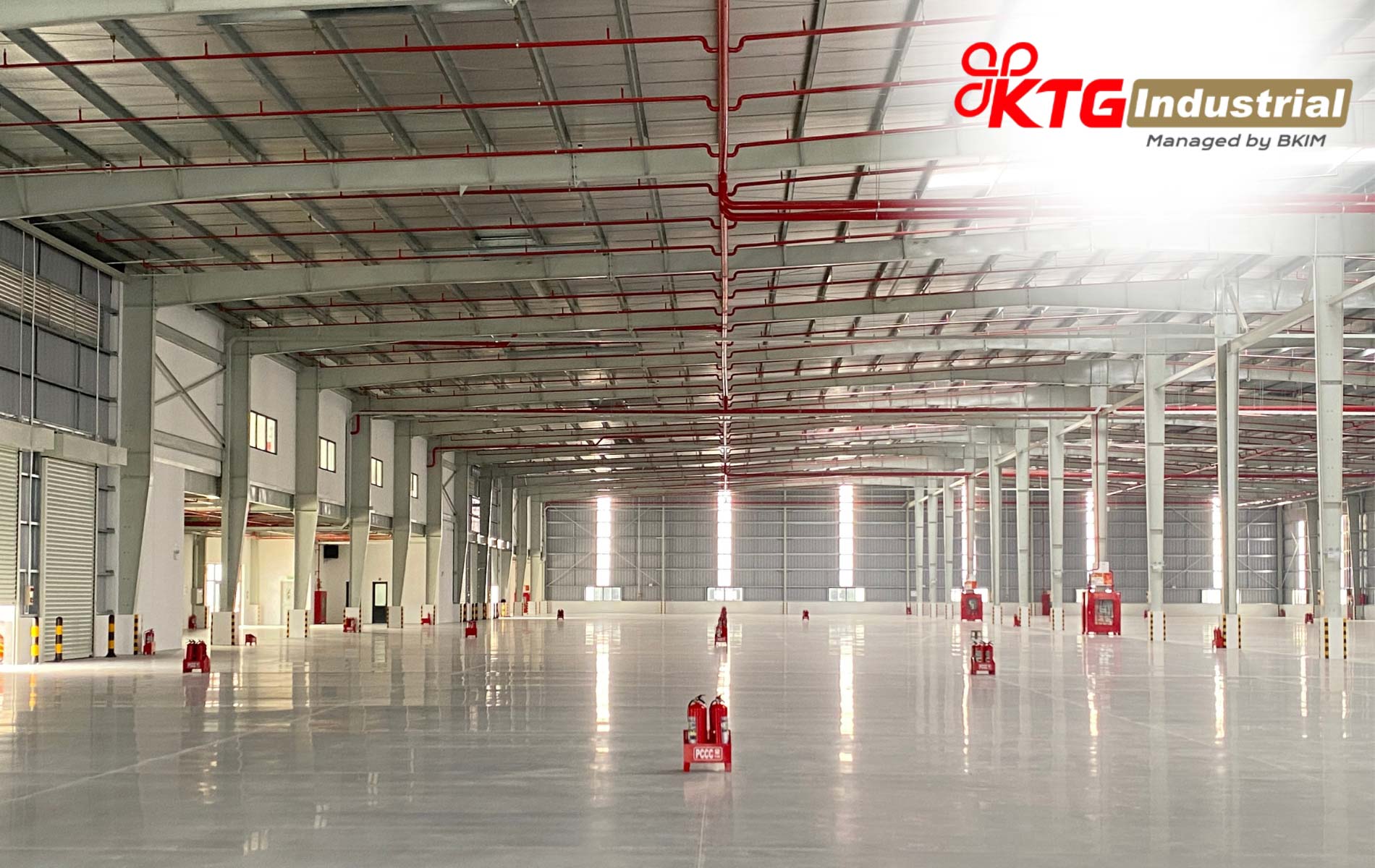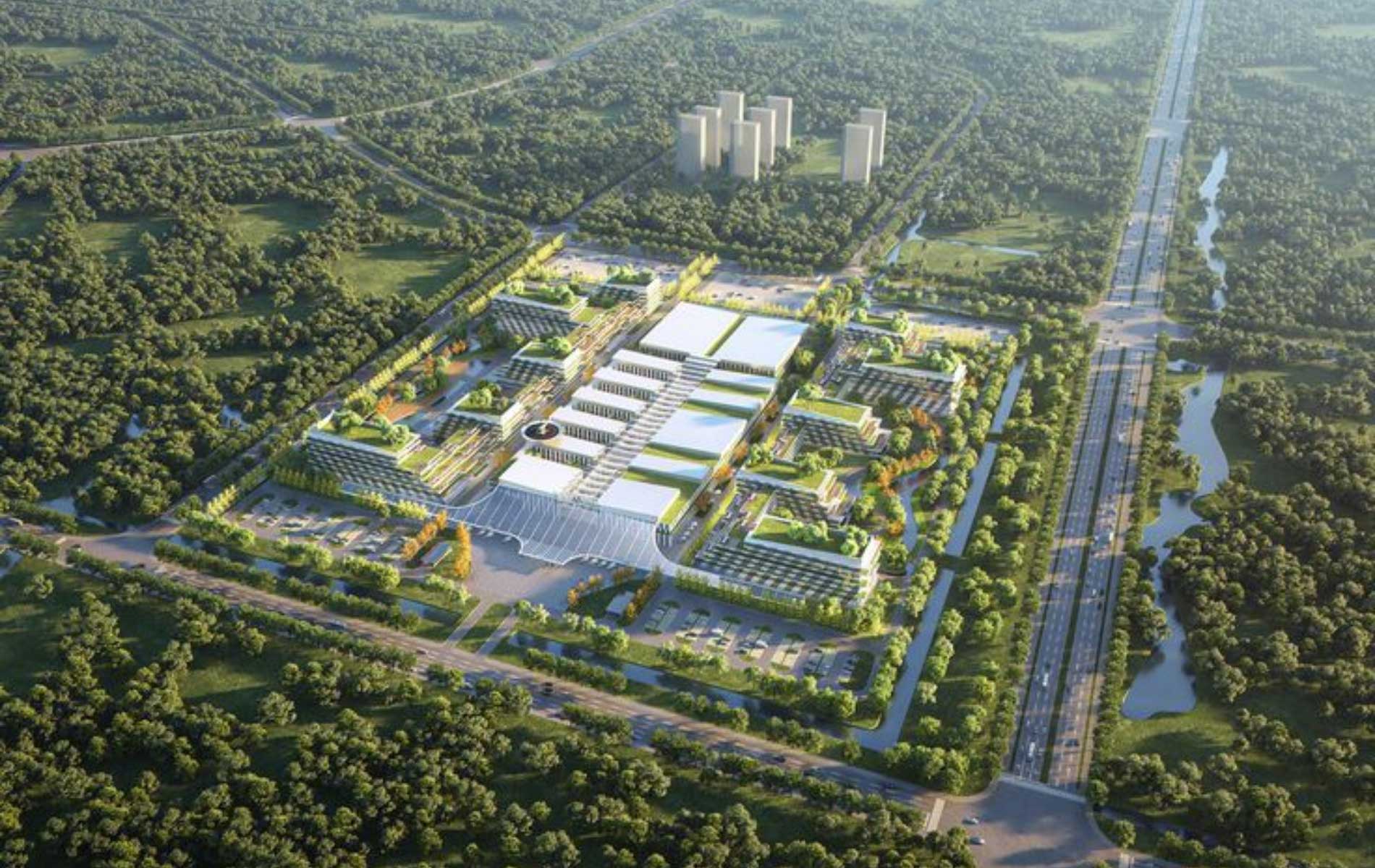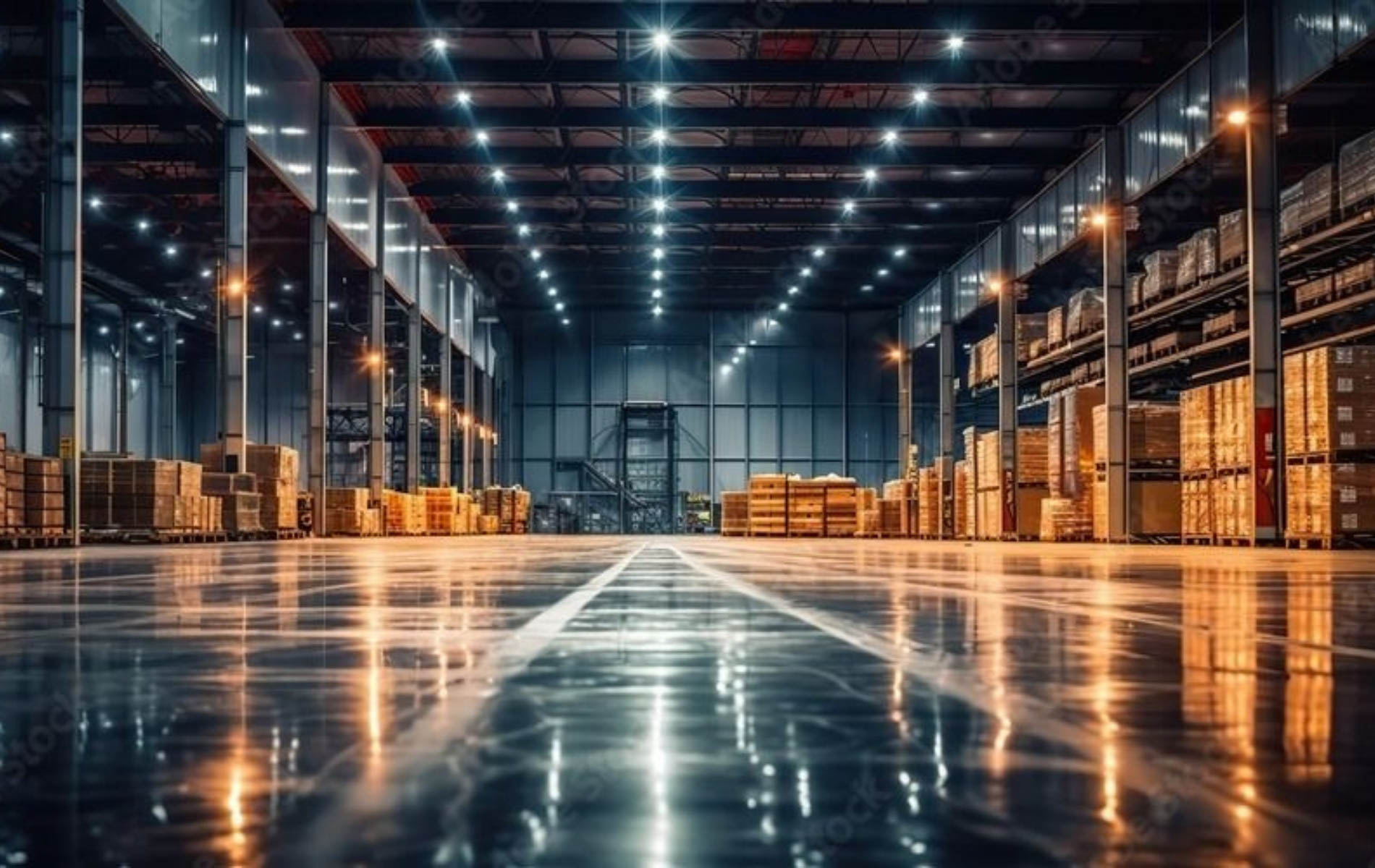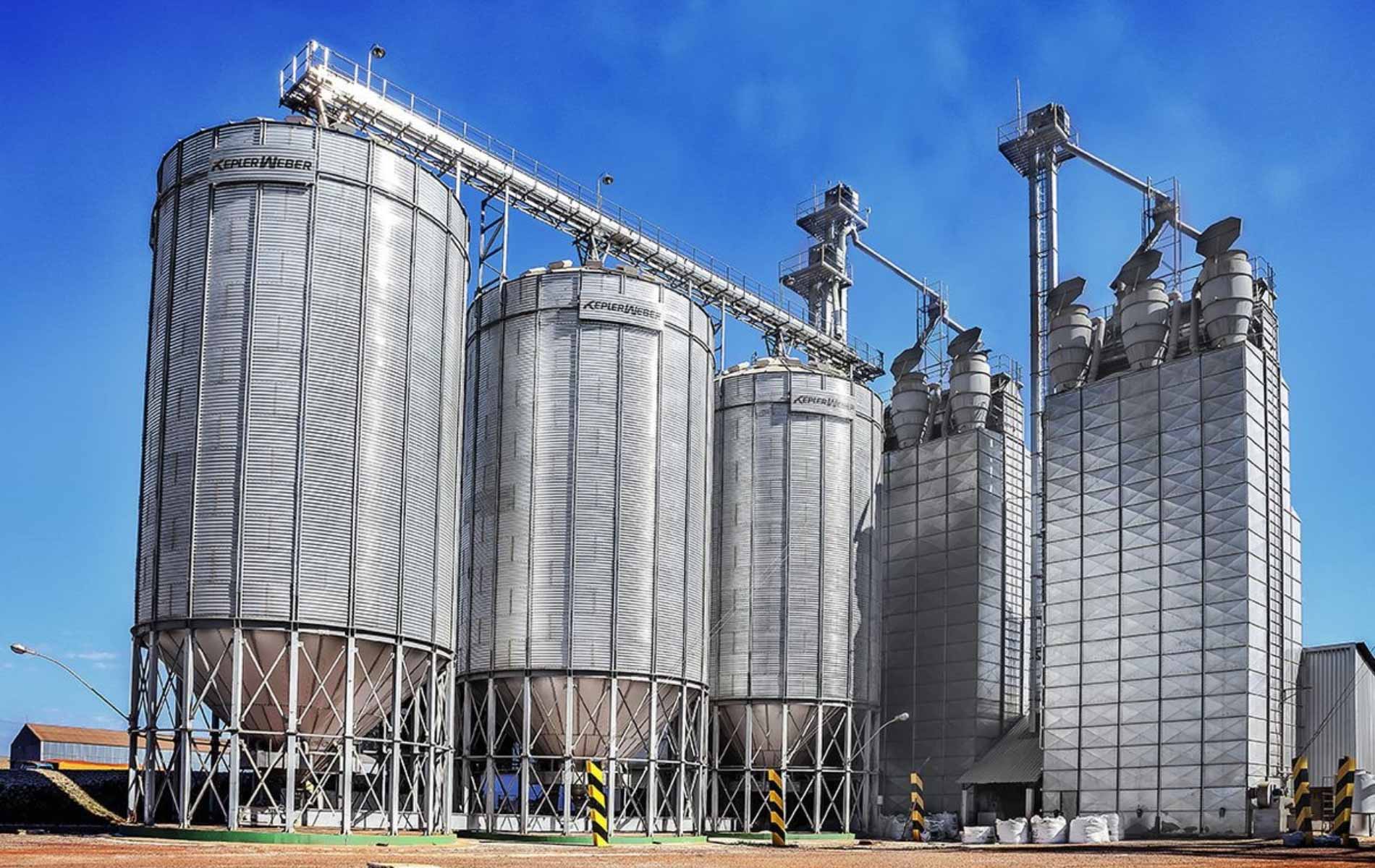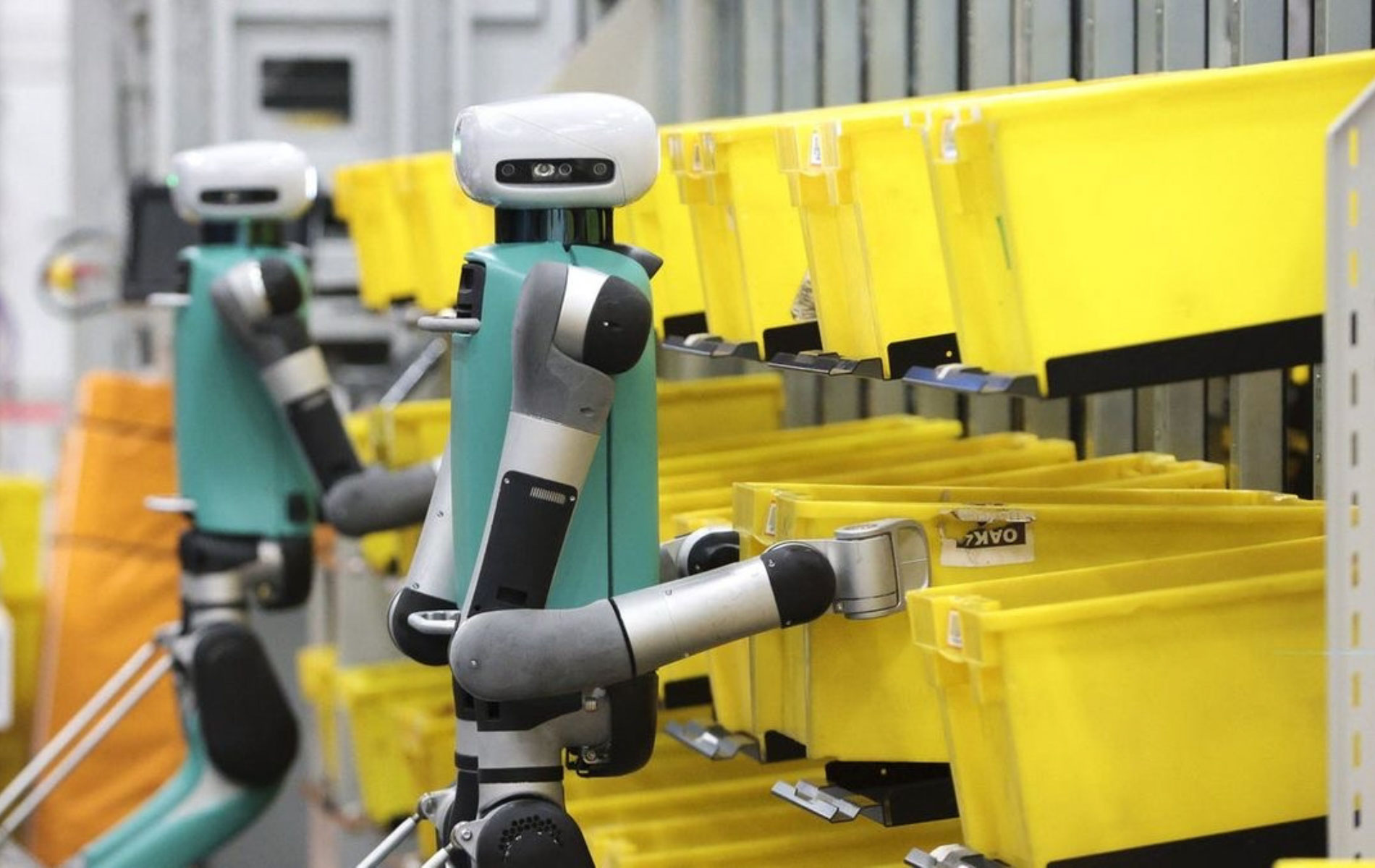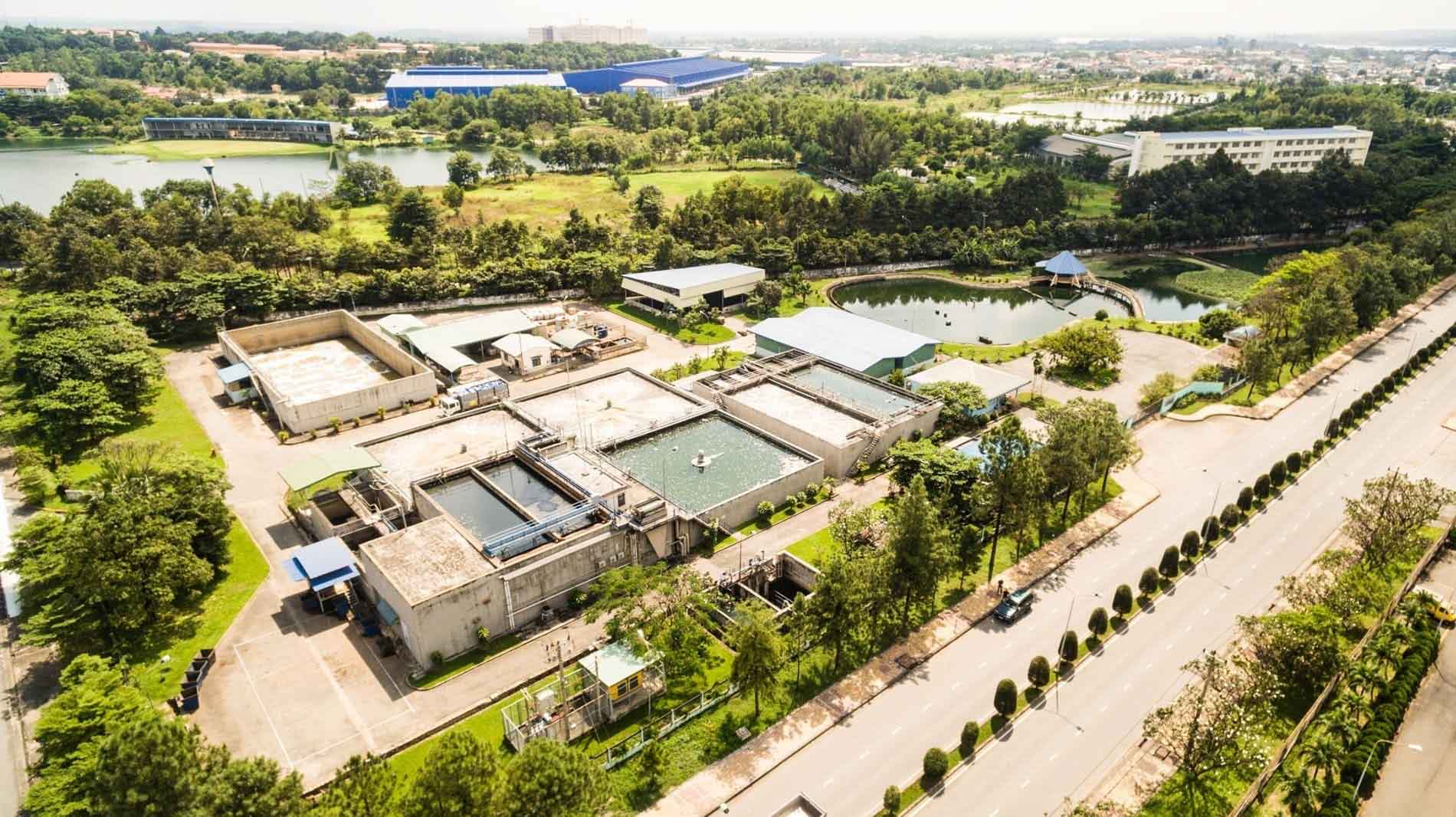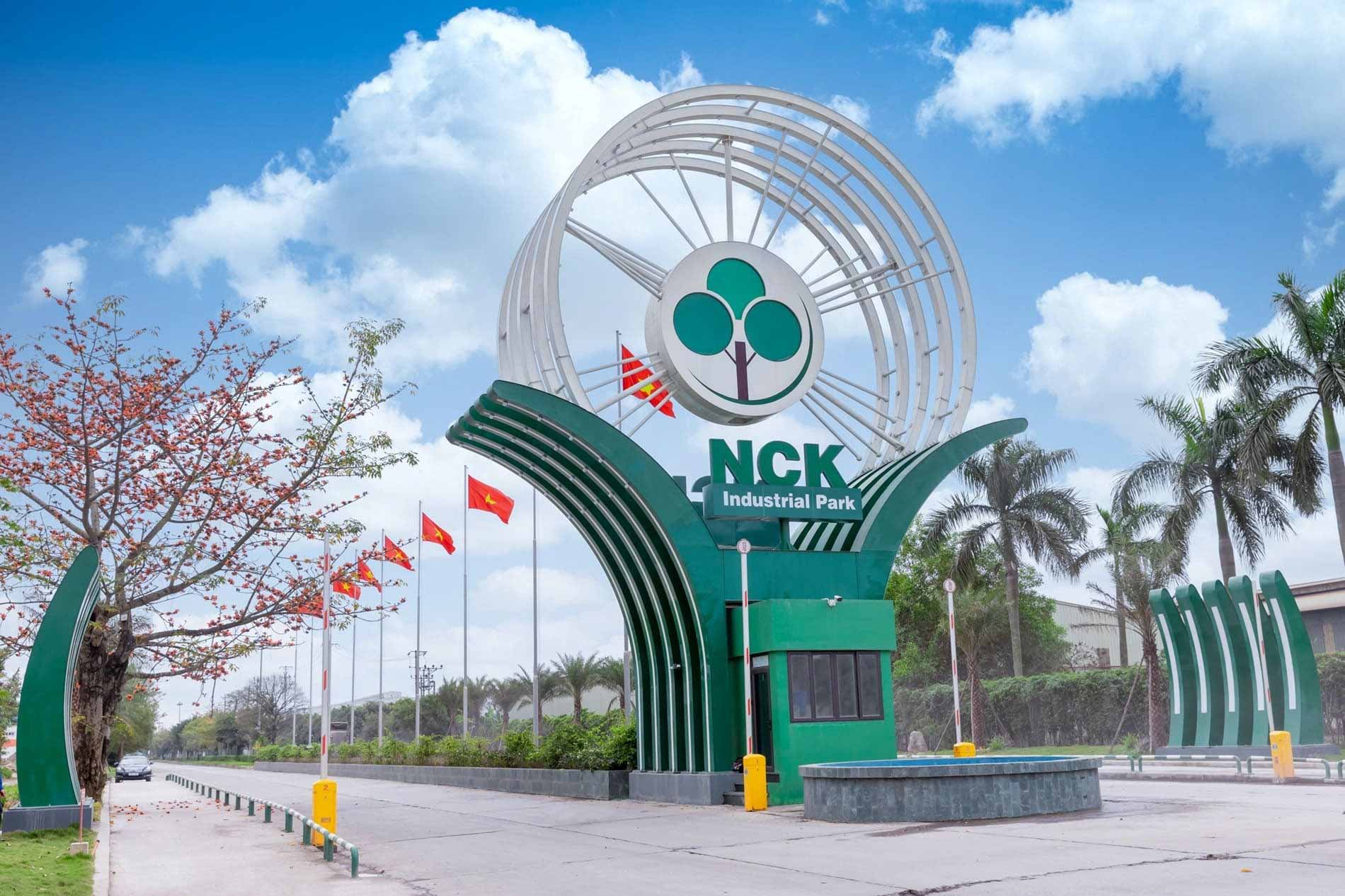In Vietnam, factory inspection is not only a legal requirement but also a critical factor in ensuring occupational safety and efficient production operations. However, many businesses remain unclear about the specific inspection regulations, when inspections should be conducted, and which authorities are responsible. In this article, KTG Industrial outlines the key considerations and regulatory guidelines enterprises must follow to ensure compliance with current factory inspection standards.
What is factory inspection?
Factory inspection is the process of assessing the structural safety and load-bearing capacity of a facility during its operational lifespan. The primary goal is to identify potential risks that may affect the building’s integrity, production activities, or worker safety, and to implement appropriate remedial measures. For FDI enterprises planning to invest in or lease factories in Vietnam, understanding the inspection process is essential for legal compliance and operational risk mitigation.
Key legal frameworks include the 2014 Construction Law and Decree 06/2021/ND-CP, which clearly outline the requirements for technical supervision and inspection of operational industrial facilities. These legal bases provide guidance for businesses in determining their regulatory obligations and planning the necessary inspections prior to launching factory operations in Vietnam.
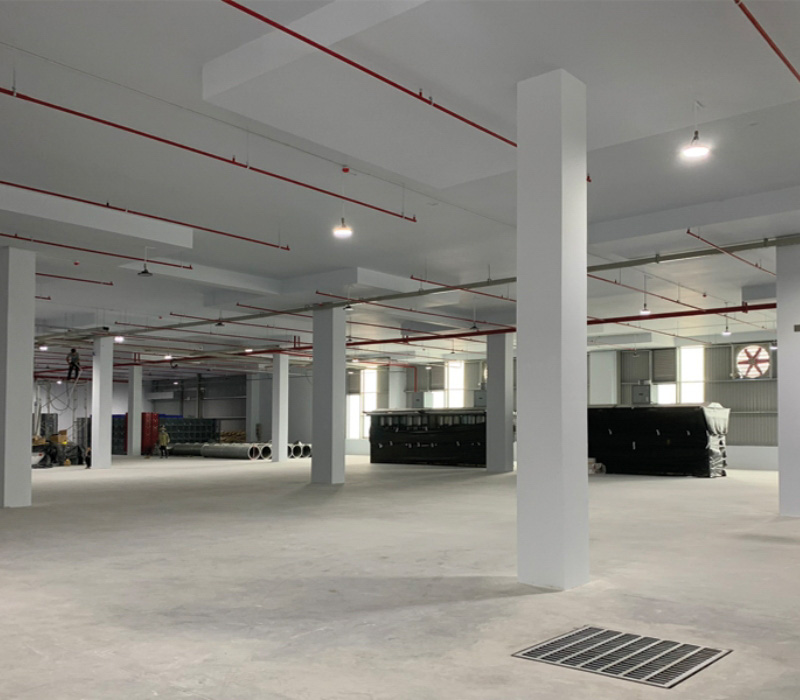
Factories subject to regular inspection
Regulations on factory inspection intervals
For newly constructed facilities (Circular 10/2021/TT-BXD)
According to Article 17 of Circular No. 10/2021/TT-BXD, issued on August 25, 2021, which provides guidelines on structural safety assessment and operational safety of buildings in use, all types of construction—including factories and industrial buildings—must undergo mandatory periodic inspections as follows:
Initial inspection:
- To be conducted 10 years after the facility is officially put into use.
- The purpose of this first inspection is to evaluate the overall structural integrity, operational safety, and any deterioration after a decade of operation.
Recurring inspections:
- To be carried out every 5 years following the initial inspection.
- For example, if the initial inspection is conducted in 2031, subsequent inspections would occur in 2036, 2041, and so on.
This regulation applies to all newly built facilities that show no signs of unusual damage or degradation. In cases where early signs of deterioration are observed, the inspection timeline may be shortened based on assessments by the facility’s management unit or as required by relevant authorities.
Newly constructed factories follow a dedicated inspection schedule
For facilities currently in operation (TCVN 9343:2012)
According to TCVN 9343:2012, the structural safety inspection cycle for operational facilities depends on several factors, including the building’s criticality, intended use, and the environmental conditions in which it operates. The following table outlines the recommended periodic inspection intervals:
| Type of facility | Inspection cycle |
| Special-use or critical facilities | Every 2–3 years |
| Buildings with high occupancy | Every 3–5 years |
| General industrial or civil facilities | Every 5–10 years |
| Corrosive environment (coastal/chemical) | Every 1–2 years |
Facilities such as power plants, hospitals, airports, or industrial zones located near coastal areas or chemical environments require more frequent inspections due to the high risk of structural component degradation. Regular assessments ensure these buildings continue to operate safely and help prevent hazardous incidents or unexpected structural failures.
Purpose of factory inspection
The primary purpose of factory inspection is to ensure the structural integrity and operational stability of a facility throughout its lifecycle. Beyond that, it serves as a critical legal foundation during audits, regulatory inspections, and when preparing maintenance documentation in compliance with current regulations.
Through inspection results, investors and facility owners gain essential insights into the degree of structural degradation. This enables informed decisions on whether to maintain, repair, or renovate. As a result, the facility’s lifespan can be extended, operational efficiency improved, and potential risks mitigated.
Factory inspection methodology
Factory inspections typically follow a standardized process to comprehensively assess the current structural condition. The process begins with a visual survey of the facility to identify signs of deterioration such as cracks, settlement, floor deflection, or material corrosion.
Next, specialized technical equipment—such as total stations, ultrasonic concrete testers, and deformation sensors, is used to gather precise data for structural load capacity analysis. When necessary, material samples (e.g., concrete, steel) are collected and tested in certified laboratories to evaluate actual material quality against design specifications.
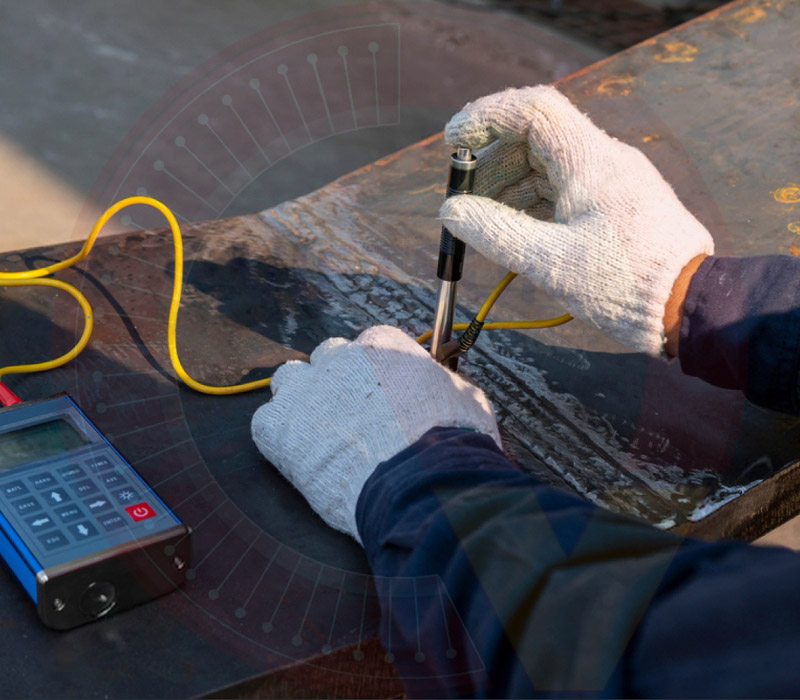
Today, there are multiple methods for conducting factory inspection
Finally, all collected data is consolidated to perform structural analysis and verify load-bearing capacity. Based on these calculations, the inspection unit issues a conclusion on the facility’s safety level and provides repair or reinforcement recommendations, if necessary. This method ensures that the inspection results are grounded in both practical on-site conditions and precise technical accuracy.
Factory inspection procedure
Typically, the factory inspection process takes between 5 to 10 days, covering both on-site assessments and subsequent data analysis conducted at the office. The procedure is generally carried out in the following steps:
- Step 1 – Evaluate the current condition of the facility: The inspection team begins by collecting relevant technical documents, including construction drawings, as-built records, past renovation or repair history, and specifications of materials used. This is followed by a physical site visit to observe signs of deterioration such as structural cracks, foundation settlement, rusting of steel components, or water leakage in the roof and walls.
- Step 2 – Verify structural load-bearing capacity: Key structural elements such as columns, beams, and factory floor slabs are assessed through dimensional measurements and uniformity checks. Material samples (e.g., rebar, concrete) are also collected for laboratory testing. Based on these results, engineers perform load capacity calculations to determine the structural integrity of the facility in accordance with national technical standards.
- Step 3 – Assess technical systems: Alongside structural components, technical systems, including electrical supply, drainage, ventilation, and fire protection—are thoroughly examined to ensure proper operation and safety compliance. If abnormalities are detected, the inspection team will recommend upgrades or corrective measures as needed.
- Step 4 – Compile and issue inspection report: After the on-site assessment, all collected data is consolidated into a comprehensive technical report. This includes the current condition evaluation, risk analysis, and proposals for repair, reinforcement, or renovation. The report serves as a critical reference for the owner to make informed decisions for future operation and maintenance.
For certain specialized facilities, the inspection unit may conduct additional evaluations, such as lighting systems, environmental controls, surveillance, and checks for indoor air quality, noise levels, or fine particulate matter (PM). These assessments ensure the facility fully complies with both technical and environmental safety regulations.
Frequently asked questions
In which cases must a factory undergo inspection aside from the regular inspection cycle?
In addition to periodic inspections based on regulatory timelines, factory inspections are also required in several specific scenarios to ensure structural safety and compliance with Vietnamese law. These cases include:
- After incidents or accidents: If the factory experiences a fire, collapse, severe cracking, subsidence, or other incidents that compromise structural safety, an immediate inspection is necessary to assess damage and recommend remedial actions.
- Following major repairs or renovations: Any structural modifications, material replacements, or floor area expansions require re-inspection to verify post-renovation load-bearing capacity and stability.
- Change of use: If the facility is repurposed, e.g., converted from a warehouse to a production plant, structural and technical systems must be reassessed to ensure they meet the new operational loads and usage conditions.
- At the request of government authorities: Regulatory agencies may mandate an inspection if there are signs of safety violations, public complaints, or disputes involving the building’s quality or safety.
It is important to note that all inspections must be carried out by licensed inspection units with certified expertise and appropriate technical equipment, in accordance with Vietnamese regulations. The resulting inspection report serves as a legal basis for decisions related to maintenance, repairs, or upgrades.
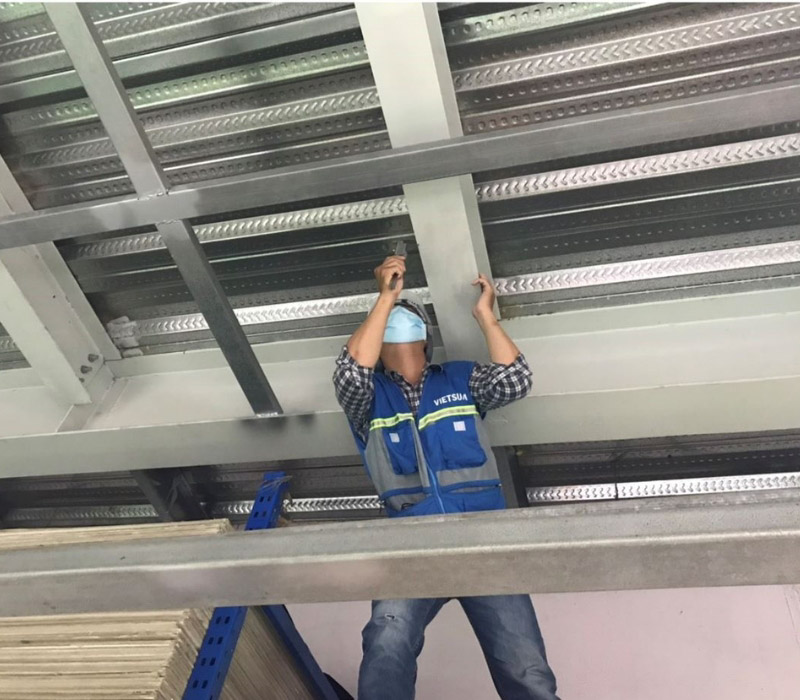
Factory inspections help assess structural integrity for continued use
Conclusion
Factory inspection in Vietnam is not only a legal requirement but also a critical step in ensuring workplace safety, extending the lifespan of facilities, and maintaining stable production operations. Current regulations clearly outline the inspection cycle and the responsibilities of all parties involved. Therefore, both investors and operators must proactively track inspection timelines, adhere to regulatory standards, and select qualified inspection providers to ensure a comprehensive and accurate evaluation. By complying with factory inspection requirements, businesses can minimize technical risks and build a solid foundation for safe, efficient, and sustainable industrial operations.

